Stocks Rally Despite Alphabet's Drop, Forex Volatility Rises Ahead of Key Data | Daily Market Analysis

Key events:
- UK - BoE Interest Rate Decision (Feb)
- USA - Initial Jobless Claims
The stock market closed higher on Wednesday, propelled by falling Treasury yields and a strong performance from Nvidia, which helped offset a sharp drop in Alphabet's shares. The Dow Jones Industrial Average climbed 317 points, gaining 0.7%, while the S&P 500 rose 0.4% and the Nasdaq Composite added 0.2%.
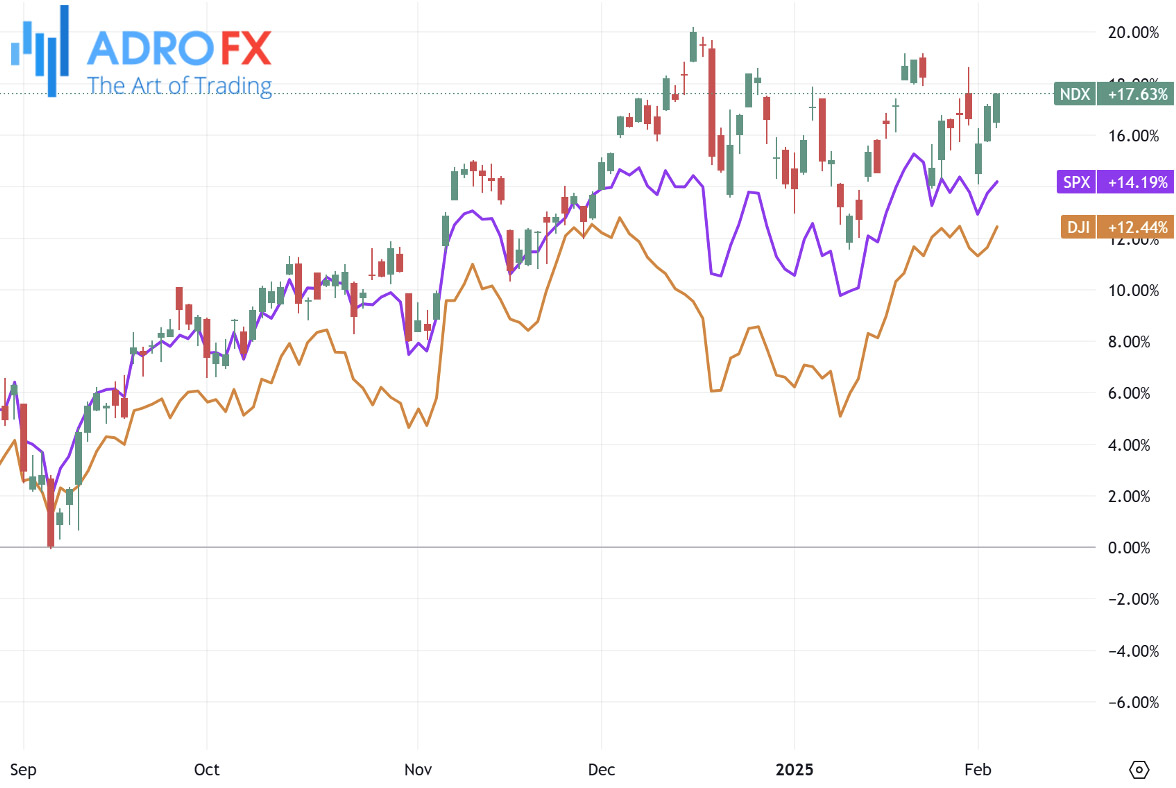
Alphabet’s stock plummeted over 7% after the company reported lower-than-expected fourth-quarter revenue, primarily due to slowing growth in its cloud computing segment, which is closely linked to artificial intelligence. Additionally, Alphabet announced plans to significantly increase capital expenditures, setting aside $75 billion for AI development in 2024 - far exceeding the $58 billion analysts had anticipated. Despite the revenue miss, some investors remain optimistic, pointing to the rapidly expanding AI market as a long-term growth driver.
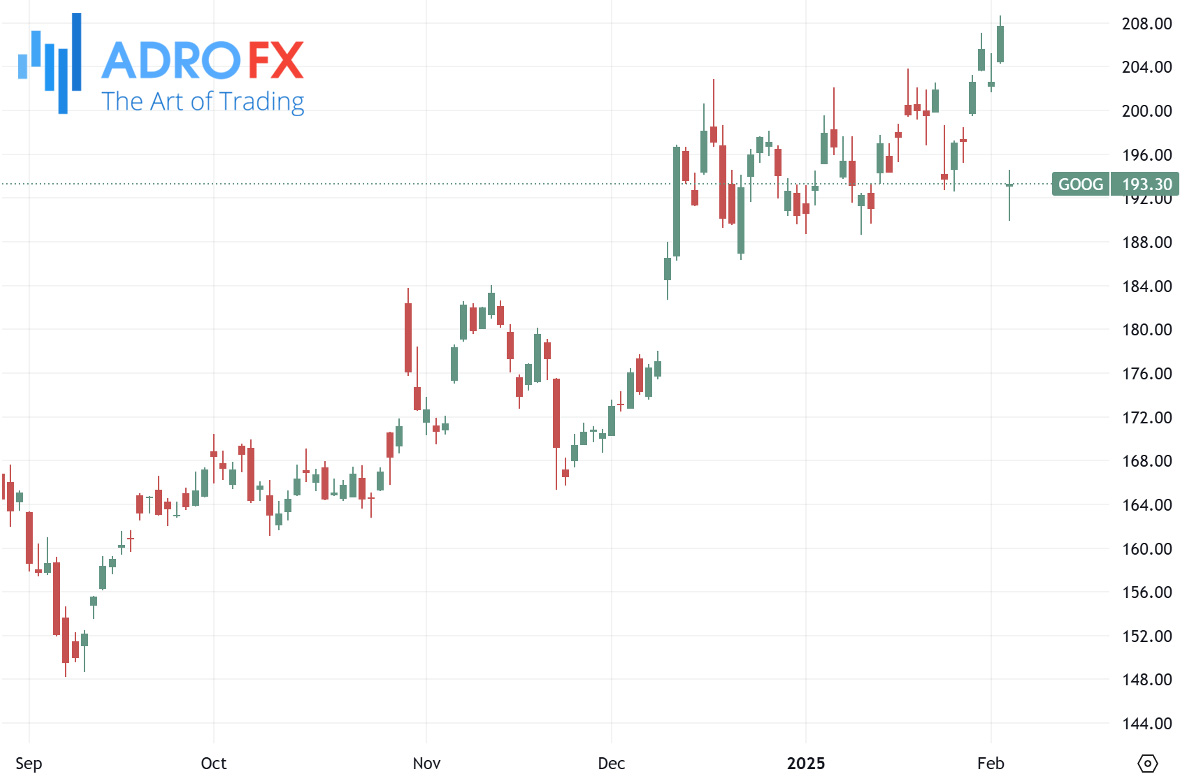
In the forex market, the euro weakened against the US dollar after two consecutive days of gains, with EUR/USD trading around 1.0390 during the Asian session on Thursday. Investors are awaiting Eurozone Retail Sales data, which is expected to show annual growth of 1.9% in December, up from 1.2% in November. However, on a month-over-month basis, retail sales are projected to decline by 0.1%, reversing the previous month's slight increase. The euro remains under pressure as the European Central Bank is expected to maintain its dovish stance, given its confidence that inflation will sustainably return to the 2% target.
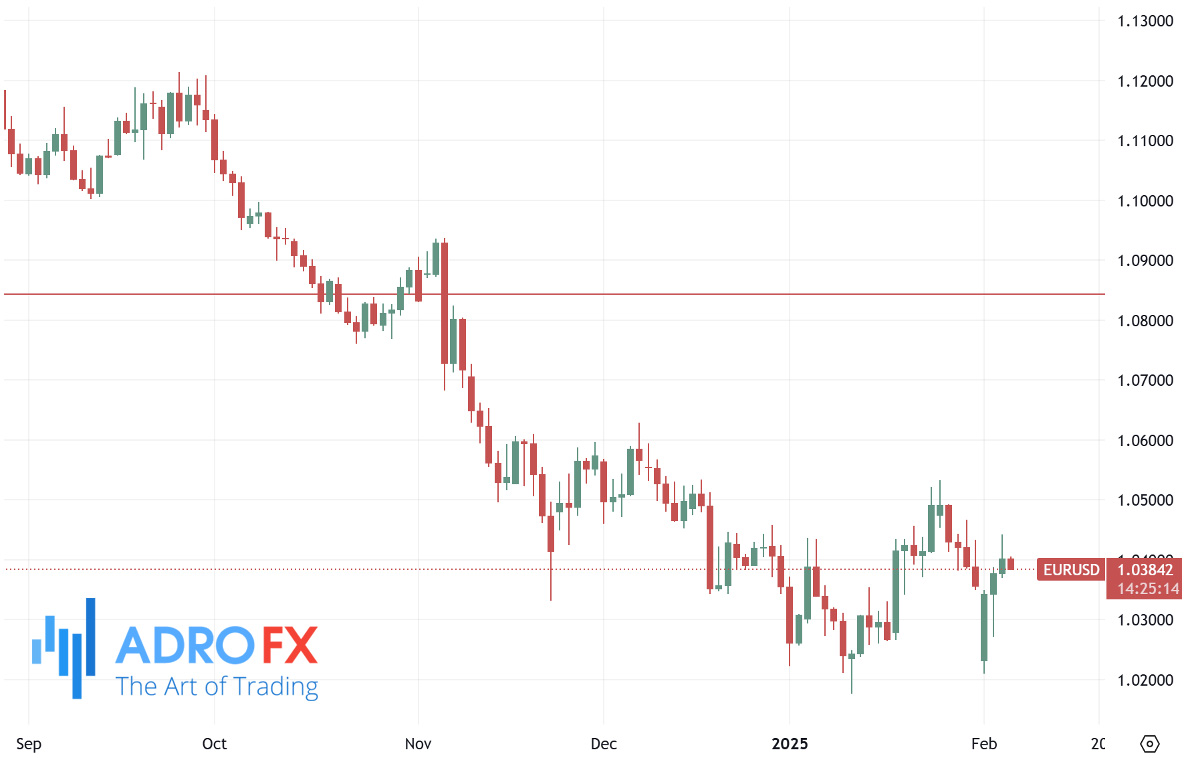
The US Dollar Index, which tracks the greenback against six major currencies, has steadied around 107.70 after three days of declines, contributing to downward pressure on the euro. Federal Reserve Vice Chair Philip Jefferson signaled that he sees no urgency to adjust interest rates and is monitoring the economic impact of Trump’s policies before making further decisions. He also noted that even with a 100-basis-point cut, interest rates would still remain restrictive for the economy.
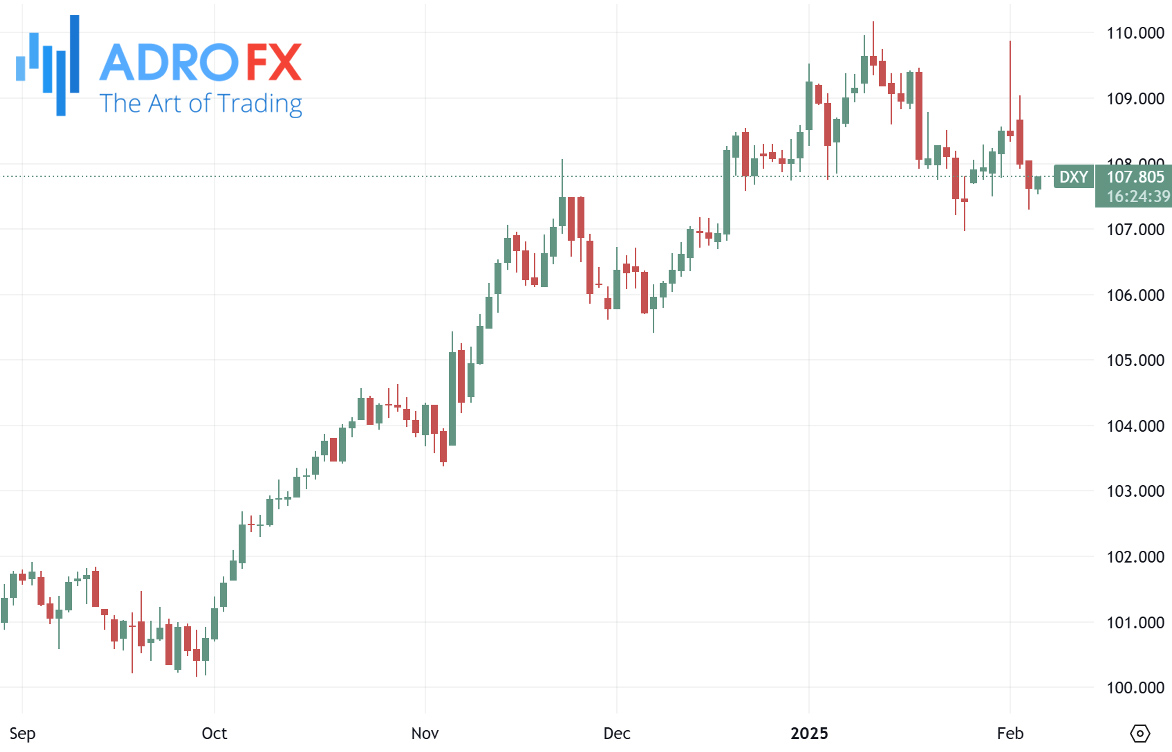
Meanwhile, weaker US economic data weighed on the dollar. The ISM Services PMI for January fell to 52.8 from December’s revised 54.0, coming in below the market consensus of 54.3. Investors are now focusing on Friday’s US nonfarm payrolls report, which is expected to influence the Federal Reserve’s future monetary policy decisions.
The Japanese yen saw strong intraday selling after reaching a nearly two-month high against the dollar earlier in the day. Concerns that Japan may become a target of US tariffs, coupled with a risk-on sentiment in the market, have weakened the safe-haven appeal of the yen. Despite this, expectations remain firm that the Bank of Japan will continue to tighten monetary policy, which could limit further losses for the currency.
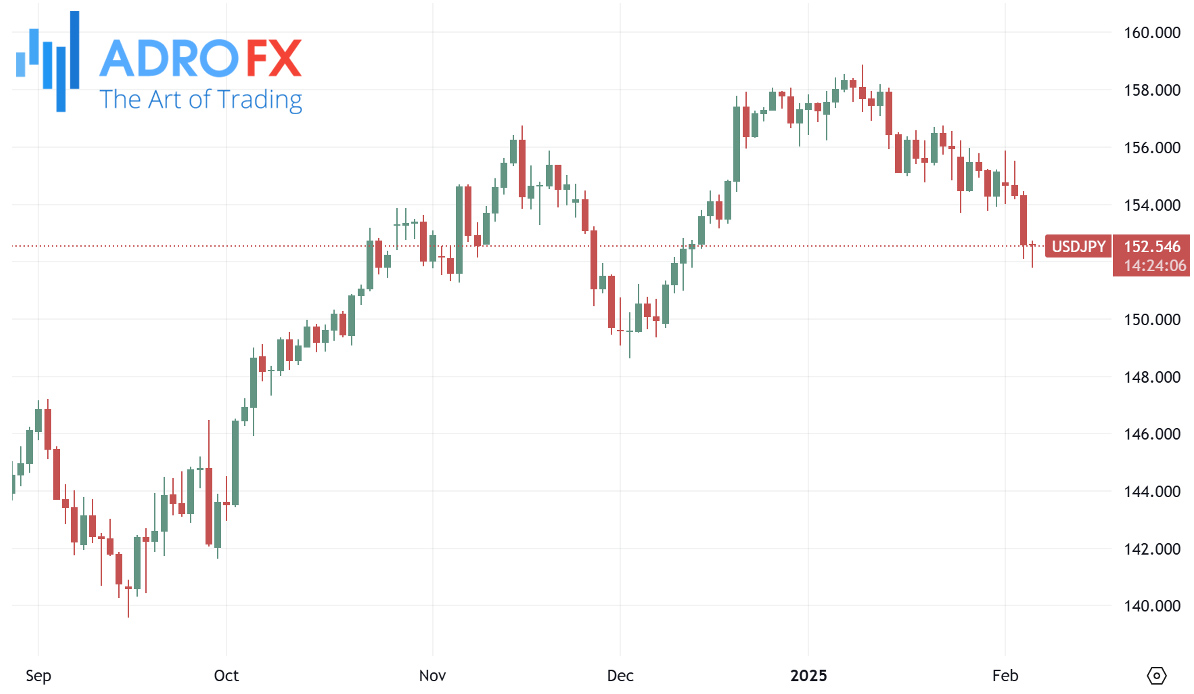
The USD/CHF pair rebounded above the 0.9000 psychological level, attracting some buying interest during Thursday’s Asian session. After three consecutive days of losses, the pair is trading around 0.9030, up 0.15% for the day. However, traders remain cautious, as recent market conditions suggest that the sharp pullback from the 0.9200 region may not be over. A broadly positive sentiment in equity markets has also weakened demand for the safe-haven Swiss franc, lending support to the US dollar against the CHF.
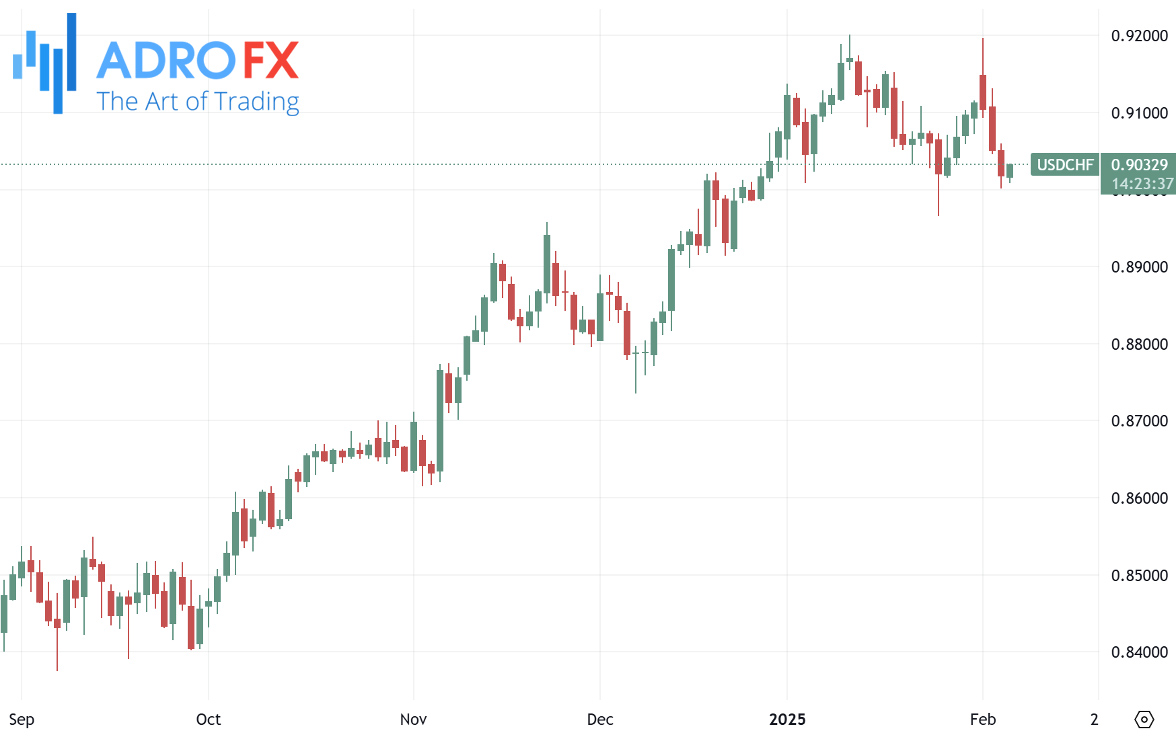
In the Australian market, the Australian dollar edged lower against the US dollar following disappointing trade balance data. Australia’s trade surplus for December fell to 5,085M, well below the expected 7,000M and down from 6,792M in November. Export growth slowed to 1.1% month-over-month, down from the previous 4.2% increase, while imports surged by 5.9%, marking a sharp rise from November’s 1.4% gain.
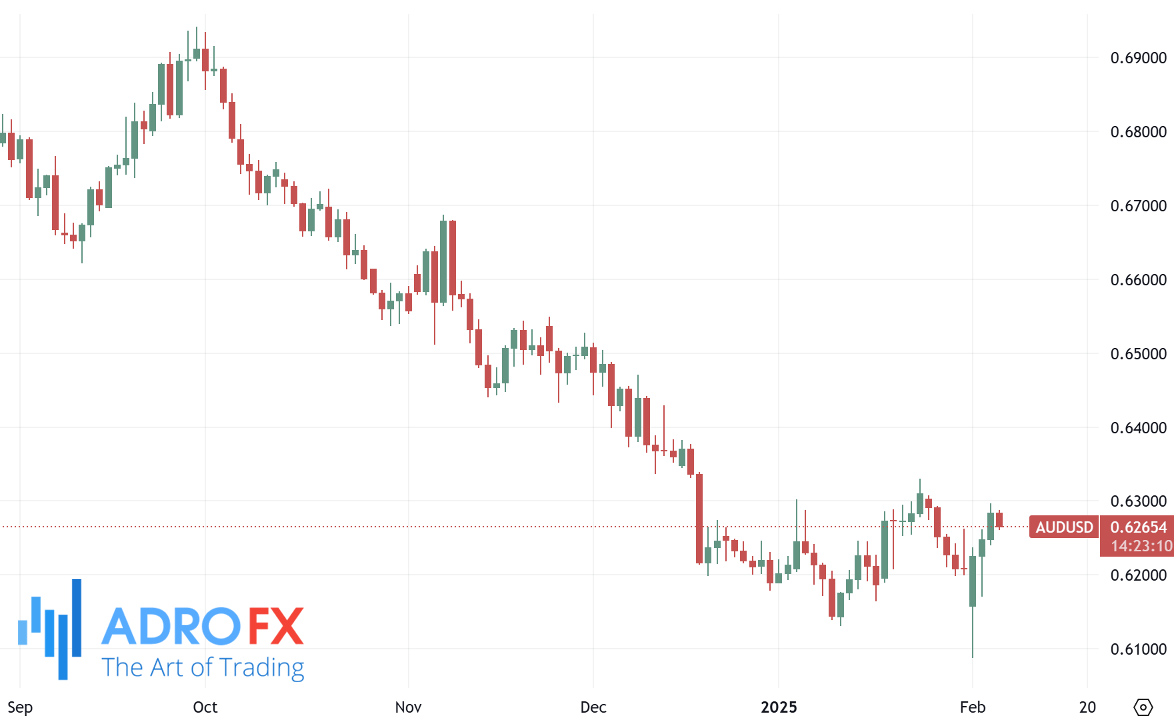
At the same time, geopolitical tensions continue to impact trade sentiment. According to reports from the Financial Times, Chinese exporters are accelerating efforts to shift production offshore in response to new tariffs imposed by the Trump administration. Some manufacturers are relocating operations to alternative markets, including the Middle East, to circumvent US tariffs, while others are considering passing the increased costs on to American consumers.
Thursday’s US economic calendar includes the release of Challenger Job Cuts data and the latest weekly jobless claims figures, which could provide additional direction for the dollar. However, the primary focus remains on the upcoming US employment report on Friday, which is likely to shape expectations for the Federal Reserve’s next policy move.









